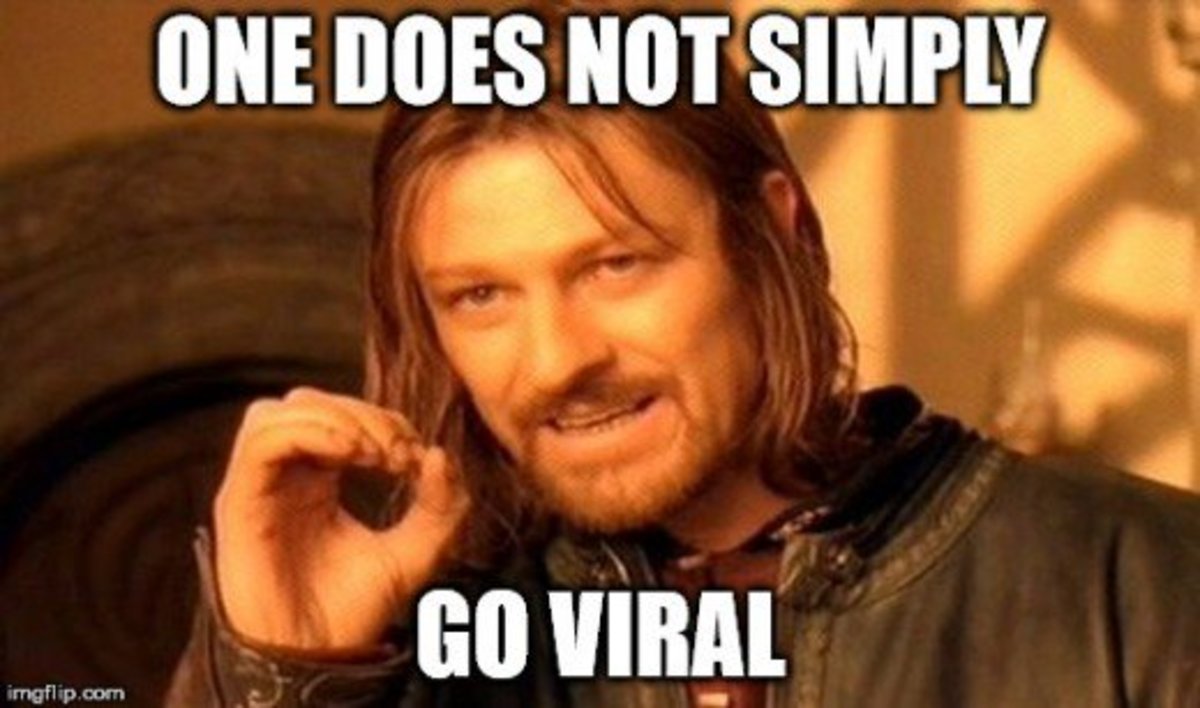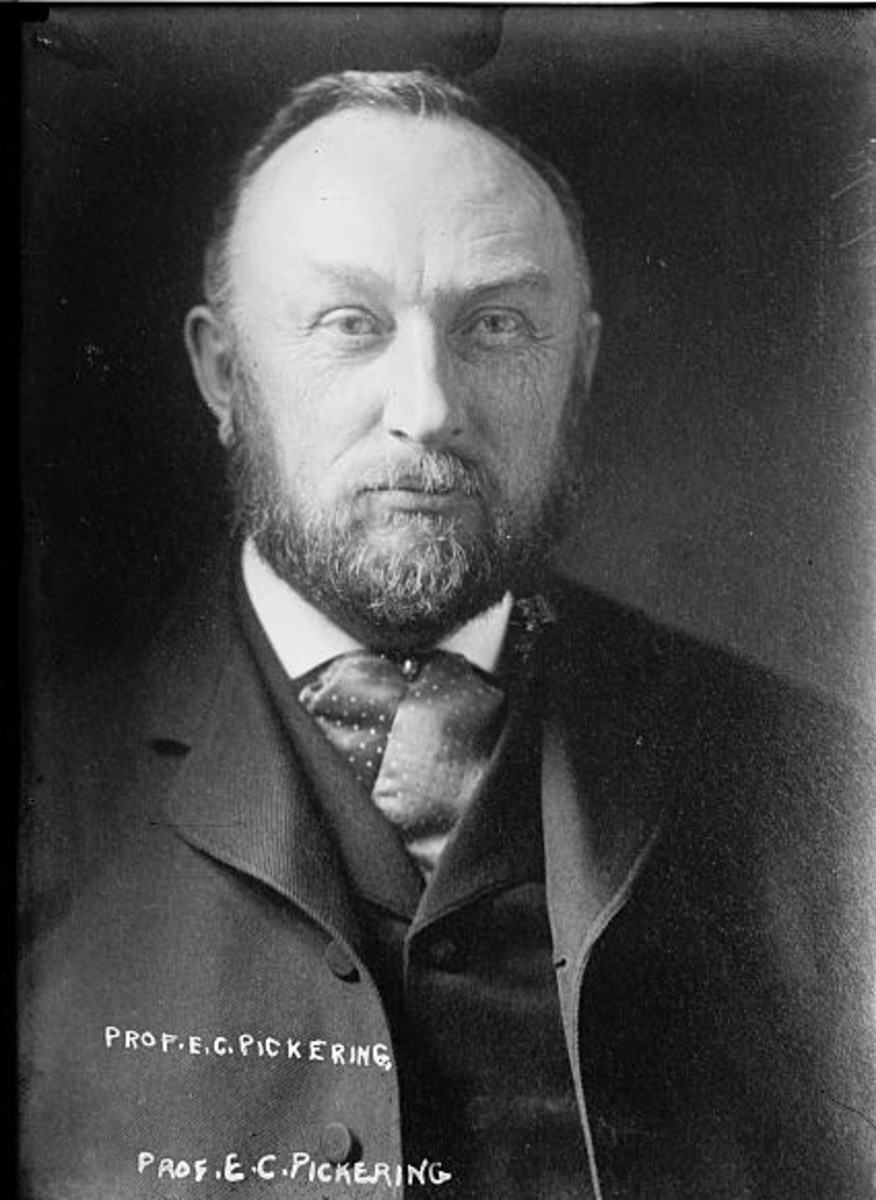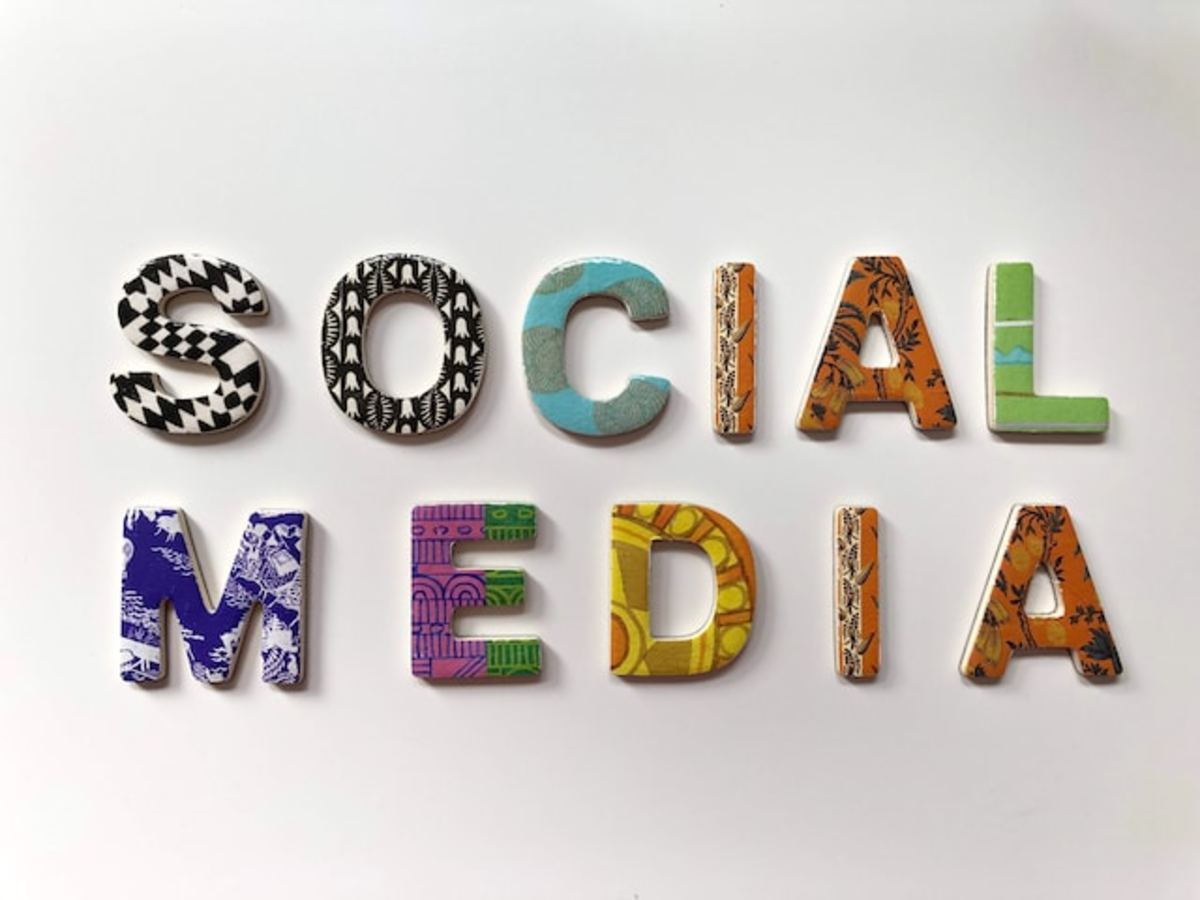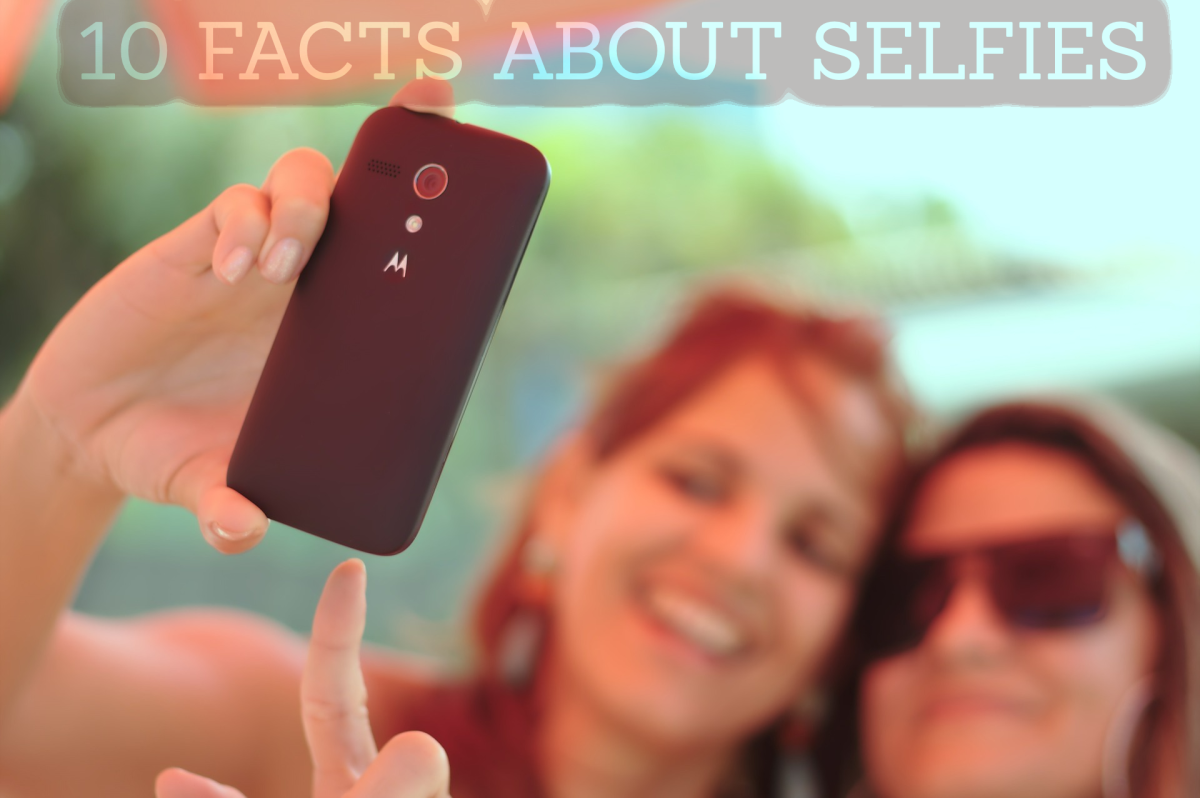The BuzzFeed Story
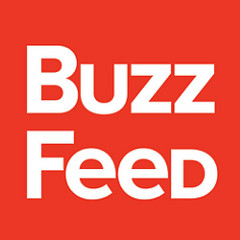
If you are one of BuzzFeed’s 40 million monthly visitors you may have come across articles like “The Horrible Truth Of Eating Nothing But Pumpkin Stuff For 72 Hours” or “21 Bunny Tongues That Will Melt Your Heart”. You may have already scrolled through tons of lists containing pictures with funny captions while asking yourself: "Why are they so successful?” and “Can they make money with it? I don’t see any ads...” They are and they can. Here’s why.
How It All Began
39-year-old Californian Jonah Peretti, co-founder and CEO of BuzzFeed first came in touch with the idea of creating viral content when he was a graduate student at the Massachusetts Institute of Technology (MIT) in 2001. Sportswear manufacturer Nike refused his order of a customized pair of trainers with the word “sweatshop” written on them (inspired by substandard working conditions at Nike factories). After his refusal he had an email exchange with Nike’s customer service which he sent as an email chain to twelve of his friends. They forwarded it to their friends and Peretti eventually reached millions of people. It later was covered in the Wall Street Journal and he came to discuss the issue of sweatshops with a Nike spokesman on NBC’s The Today Show.
In early 2005 he started The Huffington Post with Ken Lerer and Arianna Huffington, which was first known as a political blog. While still working there, he started a side project in order to find out “to what extent he could engineer things to go viral” as Duncan Watts, the principal research scientist at Yahoo put it.
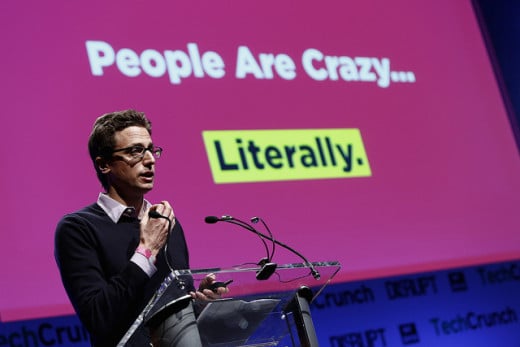
BuzzFeed
This side project was called BuzzFeed and it started out as an instant messaging client called BuzzBot, which would message users a link to the hottest thing on the web each day. It scanned data from over 100 partner websites and detected articles gaining popularity based on how many times people shared them.
The next idea Buzzfeed Labs had, was a site highlighting the most popular articles found by BuzzBot. In order to promote the six daily links that appeared on it even more, Peretti now recruited human editors to manage these daily links.
After February 2011, when The Huffington Post was purchased by AOL for $315 million, Peretti could make a clean break from it and was able to “focus entirely on what my first love was, which was figuring out why people share things, and how ideas spread”. At this time, social sharing sites such as Facebook and Twitter had grown much bigger and older, people now took them seriously. BuzzFeed didn’t have to concentrate on search engine optimizing in order to get things shared and spread over the web anymore. “They want to see content that someone else in their life that they care about will like, even if they don’t like it very much” Peretti said. “Now we’re faced with a different environment where you’re thinking about these networks of people who are sharing with other people in their lives, and that changes how you think about your front page.” A key indicator for the quality of content is the fact that people are willing to share it with their friends.

Going viral
According to BuzzFeed, viral posts contain:
- Lists. 9 out of 10 lists go viral, the Internet loves lists
- People love talking about themselves. They like to share quiz results that make them look cool
- Provocative Thumbnails
- Timely, topical, engaging and comprehensible titles
- General rule: "Be topical and make a unique comment on something big and current in pop culture"
Content
One of BuzzFeed’s first viral posts was a meme (an idea, action or style spreading as mimicry via social networks, blogs or emails) called “Disaster Girl”: A girl standing in front of a burning house looking as if she had set it on fire. The editors now had an idea, cut out the girl and photoshopped her in front of other things and events making her look guilty. “That was an early one where we felt like we were participating in the creation of culture, not just saying what’s hot”, Peretti said.
“We started with cute kittens and Internet memes and humor because that’s where the social web was when the company started,” but Peretti adds, that they are moving forward towards a more serious news organization. Two years ago, BuzzFeed hired Ben Smith, one of Politico’s (an American political journalism organization) top authors. Peretti wants his users to get information, breaking news and things they didn’t know before. That is the reason why he hired people with reliable sources in fields such as politics, economics and technology.
Where the Money Comes From
If you have seen BuzzFeed’s website before you may have noticed that not a single ad or banner is being displayed. It works as following: Major companies like Pepsi, Nike or Coca-Cola all have sponsored posts without banner advertising on the site. So in theory they sponsor articles that millions of people will read and share (if they are going viral).
“Most advertisers would rather do a BuzzFeed Time Machine sponsored by GE and have all of this cool stuff to show friends, ‘Look what we did with this client!’” says Peretti. “That’s so much better [than banner ads]. We just need to create campaigns for a few people who are forward thinking so they can see it works and help others get over the fear of trying [a customised content sponsorship] too.”
When people share those sponsored posts they recommend the sponsor to all of their friends, because the logo and brand name appear, not in the often annoying way of a banner ad, but just like thousands of other articles on the site.
What do you think about BuzzFeed?
The Future
In the future, BuzzFeed will evolve further into a website where people don’t just come to consume content, but to share it. The thinking has to shift from consumption to sharing, the core idea of Web 2.0, the era of the Internet in which we are at the moment.
“If people become the distribution network, that should be something good for media, good for reporting, and good for journalism, because it’s closer to humans and further away from the constraints of the medium or the particular way something will be broadcasted. People are what spreads the media, and that’s a stronger and better signal than a media company could [build alone].”

